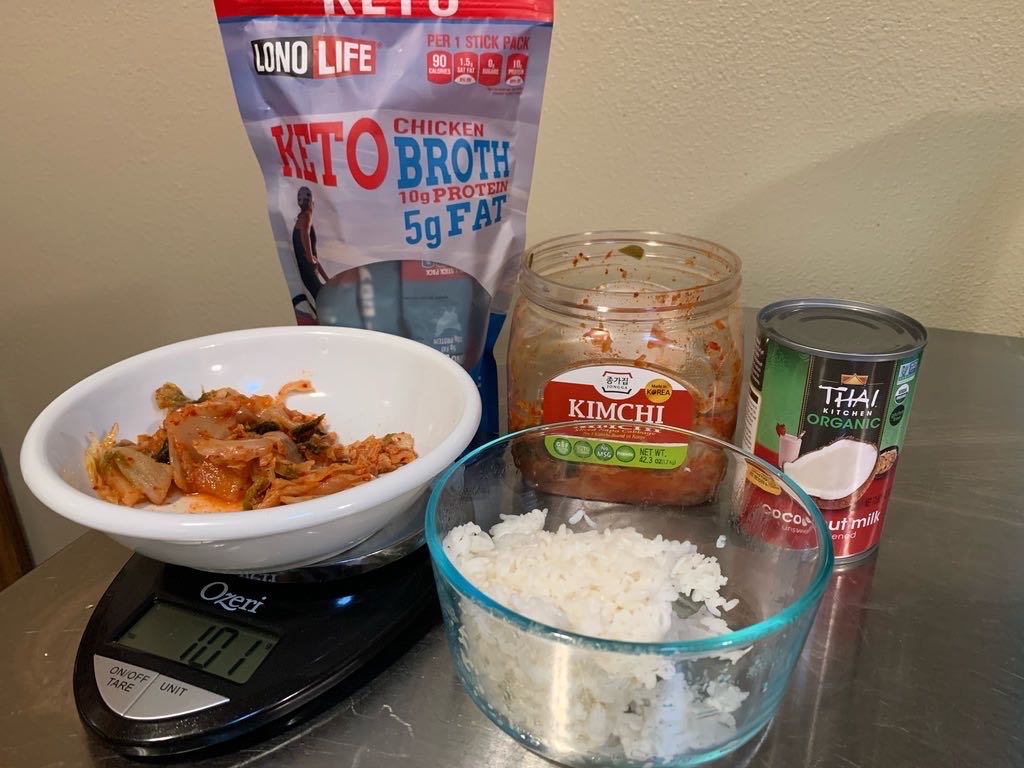Reheated Rice Doesn’t Significantly Affect My Glucose Levels
Summary
After six weeks of very low carb eating, I figure I’m fat-adapted enough to try re-introducing some carbs carefully to see if I can find optimal amounts and combinations that work for me.
Rice provides daily nourishment to billions of people, and for thousands of years it has supported the (genes) of people throughout the world. How could it not be good for me too?
Although freshly-made hot rice undeniably causes a sharp rise in blood glucose levels associated with ill health, could there be ways to tone it down through different preparation methods?
To find out, I did a multi-day experiment testing the affect rice has on my glucose levels. I tested rice-eating on an empty stomach at roughly the same time each morning, after measuring waking glucose and ketone levels, and then tracking myself with a continuous glucose monitor (CGM)

Methods
I tested the following preparation methods:
- Plain cooked rice
- Reheated cooked rice left overnight in the refrigerator
- Reheated served with X
2020-11-16
At 9am, on an empty stomach and stable glucose readings:
- 1 cup (160g) short grain oriza sativa japanica rice (soaked overnight and cooked at 6am) = 53g carbs, 4g protein
Within 45 minutes, I could feel shakiness in my body as my blood glucose shot up 100 mg/dL higher (from 84 to 171)
max = 179 min = 88 (rise = 91)
2020-11-17 9:10 AM One cup (160g) reheated rice.
Max = 164 Min = 68 (rise = 96)
2020-11-18 9:00 AM
Reheated cooked rice
- Coconut milk: 1/3 cup is 14g fat
- Bone broth:
- Kimchi: 100g
According to Cronometer, this meal was:
- 448 kcals
- 17g protein
- 50g carbs (net)
- 17g fat
I measured glucose levels with an Abbott Freestyle Libre (see details) backed up with a Keto-Mojo blood glucose and ketone meter.
Results

| Preparation Method | AUC |
|---|---|
| Freshly Cooked | 352 |
| Reheated | 329 |
| Reheat with Coconut and Kimchi | 336 |
Conclusion
Reheating the rice after refrigeration may decrease the glucose response a little, but adding additional fat and protein has little effect after that.
References
A 2016 study from Singapore measured glucose levels in 12 people as they ate rice and showed that the glycemic index is cut in half when eaten together with fat, chicken, and vegetables.

Note that glucose is measured in mmol/L instead of mg/dL that we use in the US. Roughly, a 4.0 mmol/L is about 72 mg/dL; 8.0 mmol/L is 144 mg/dL. Use an online calculator to do the conversion.
Online comments: